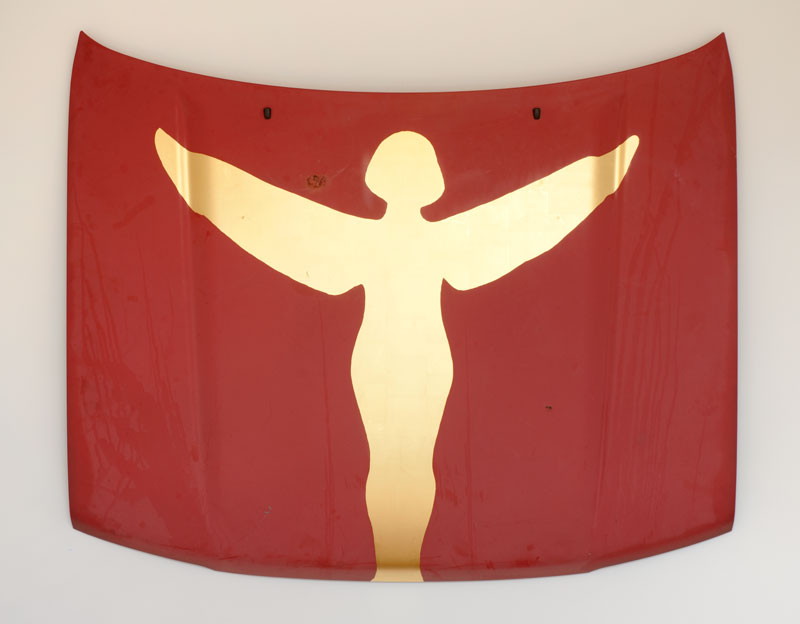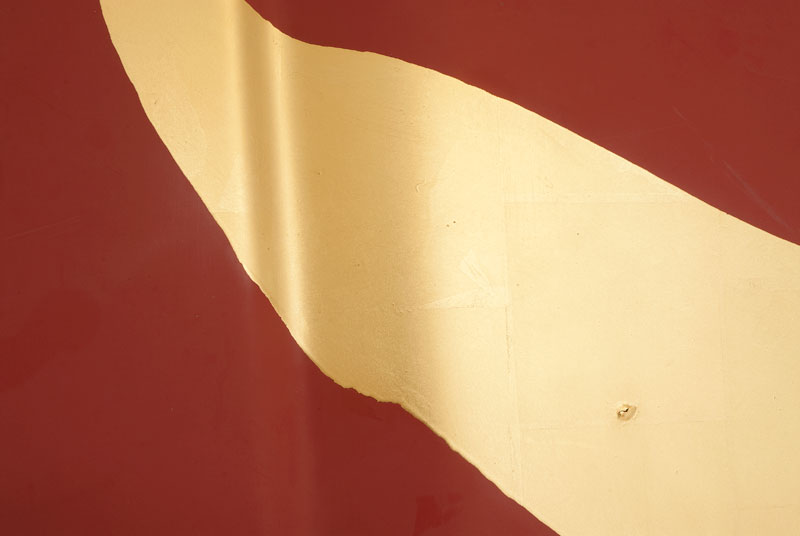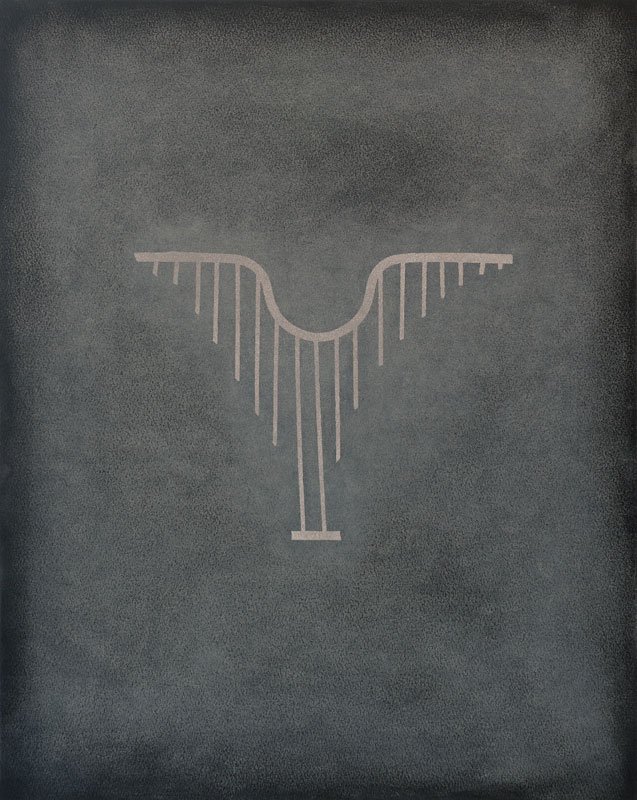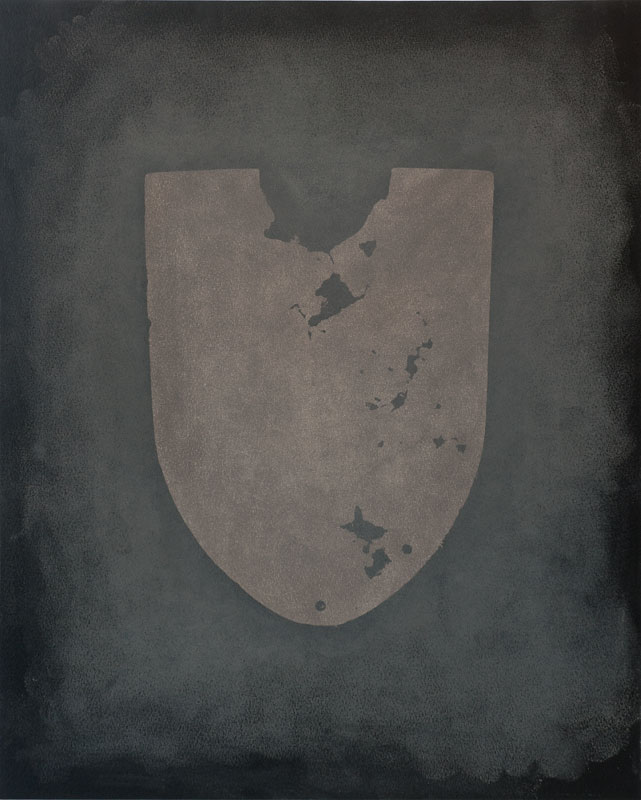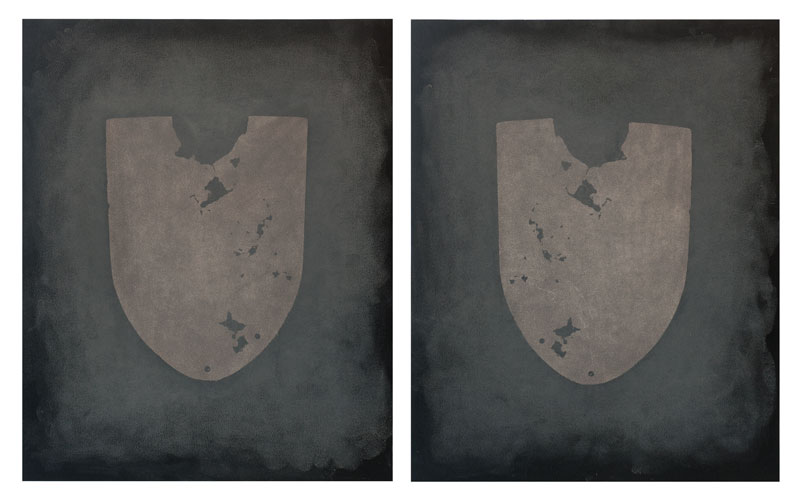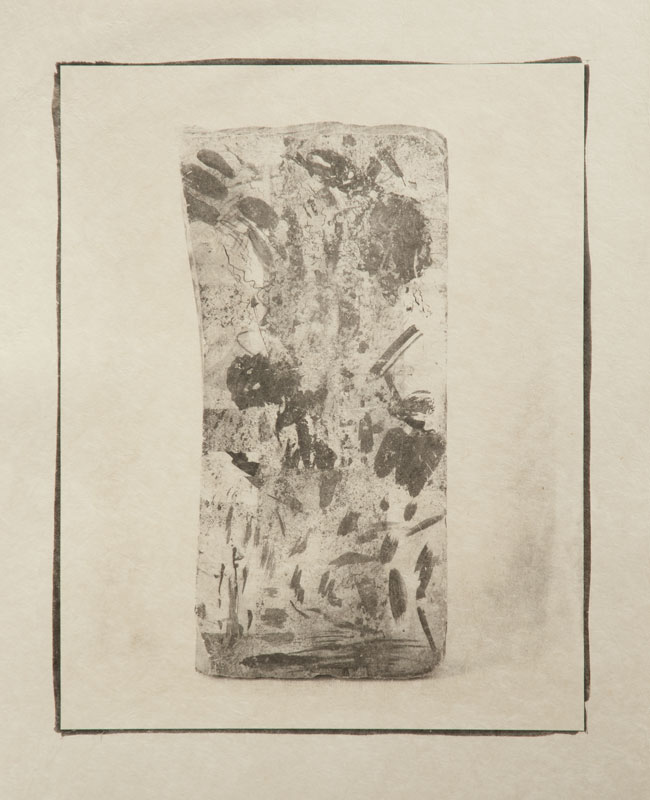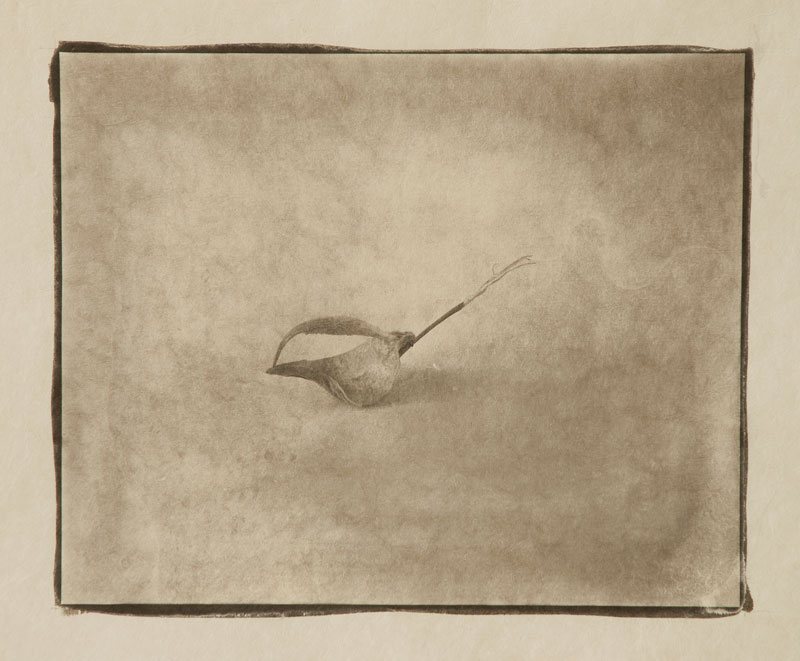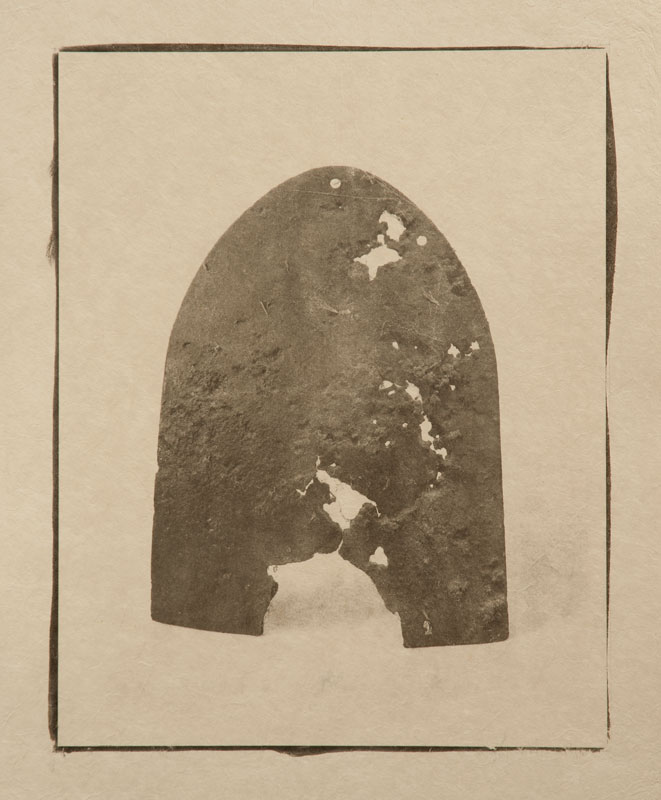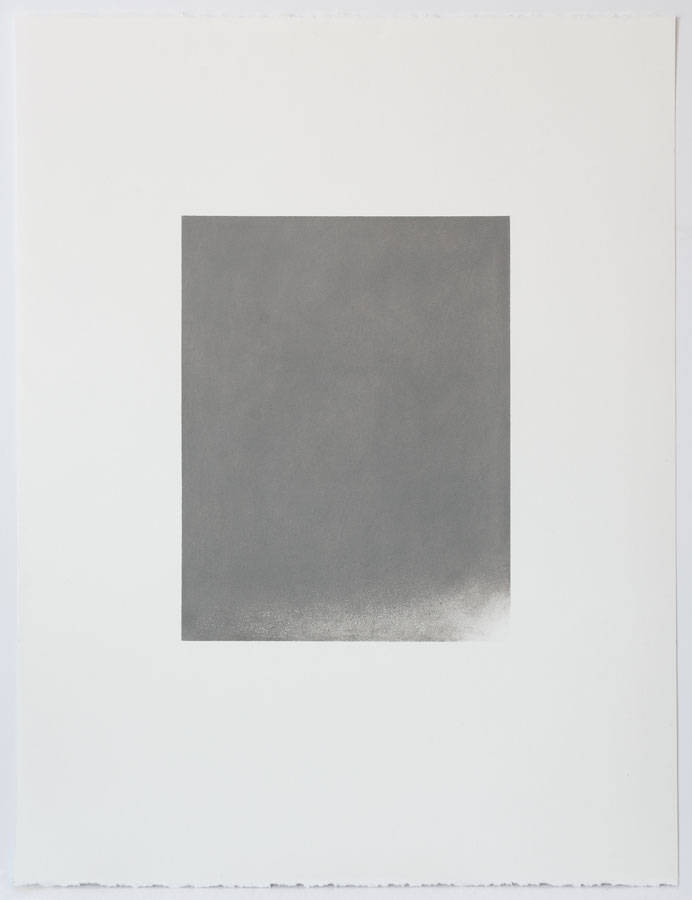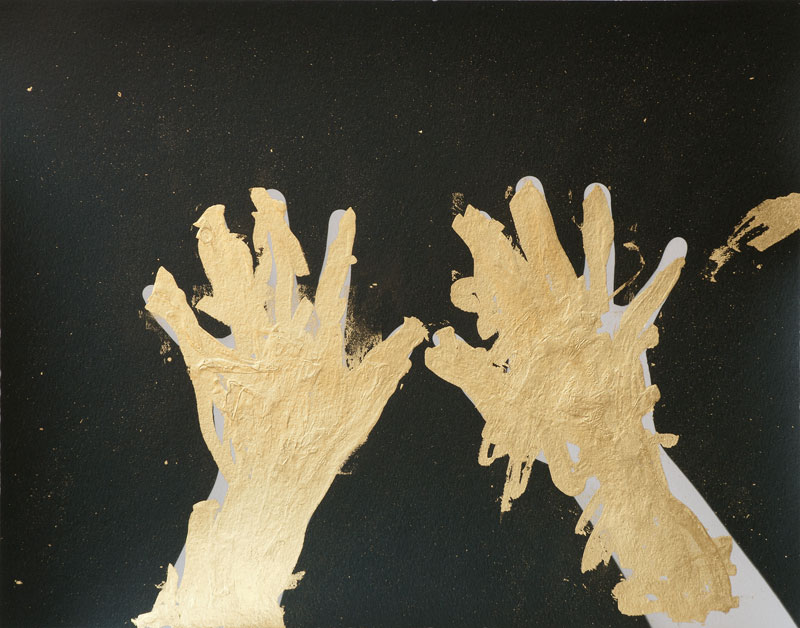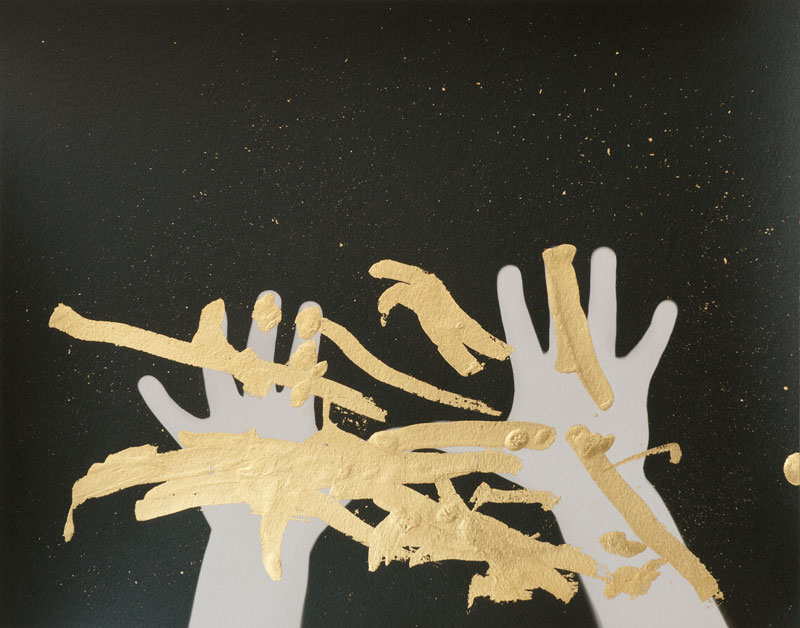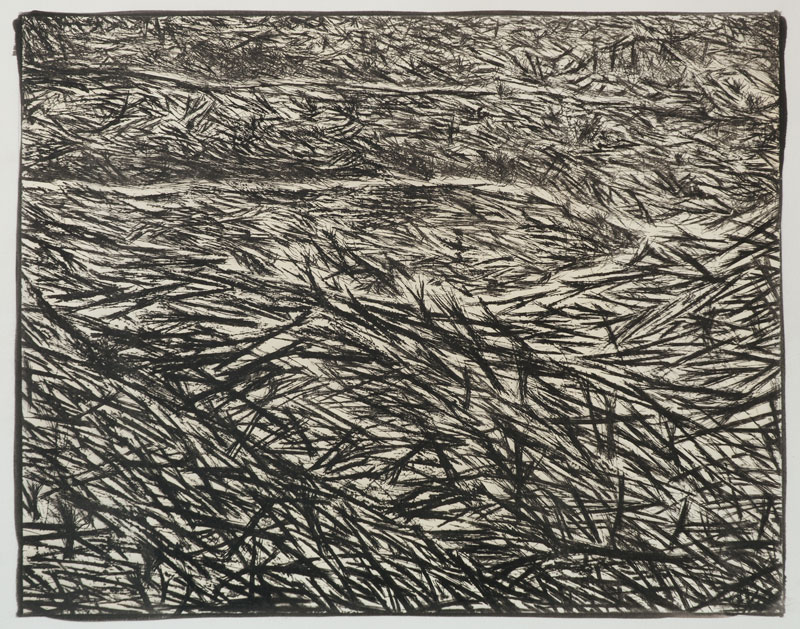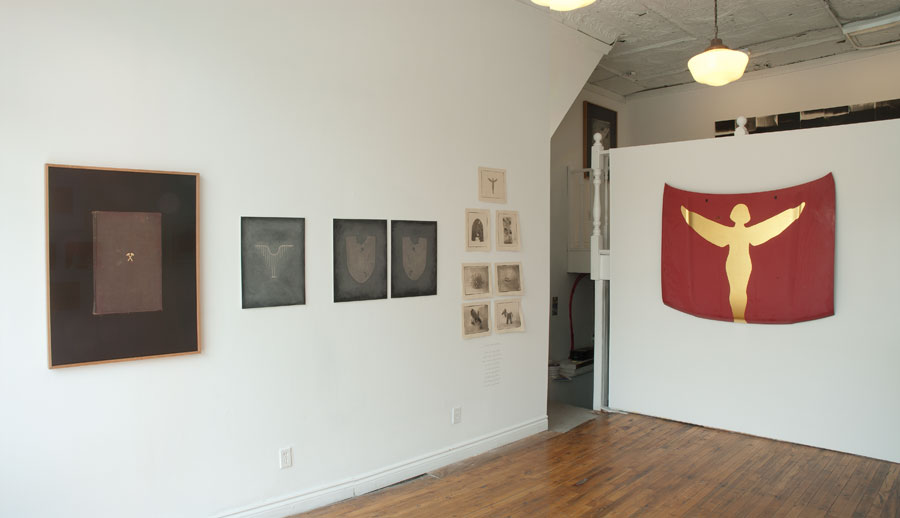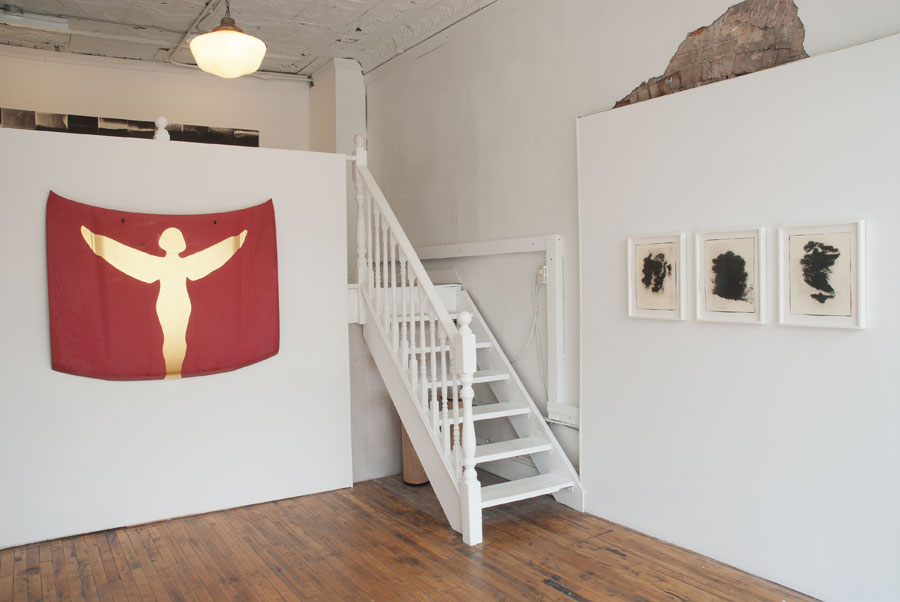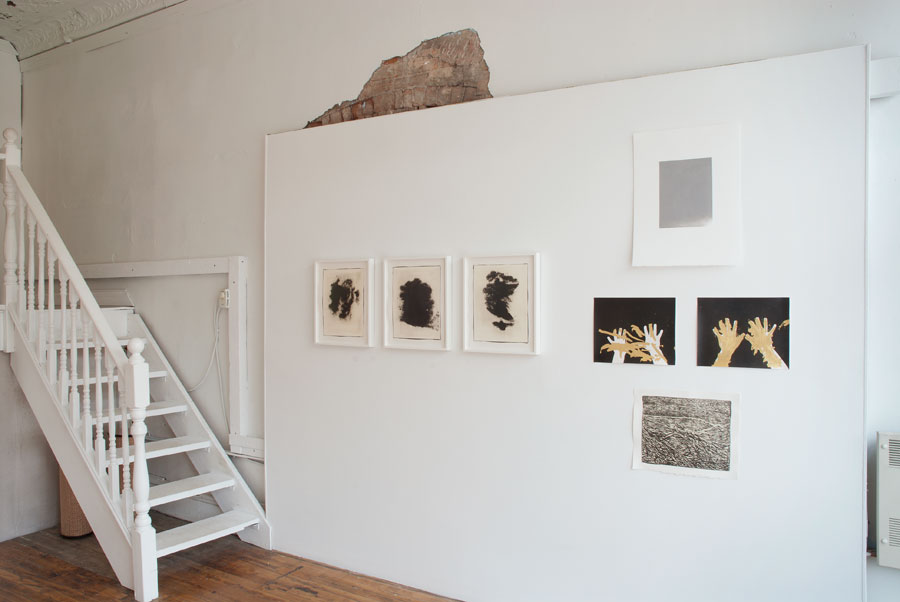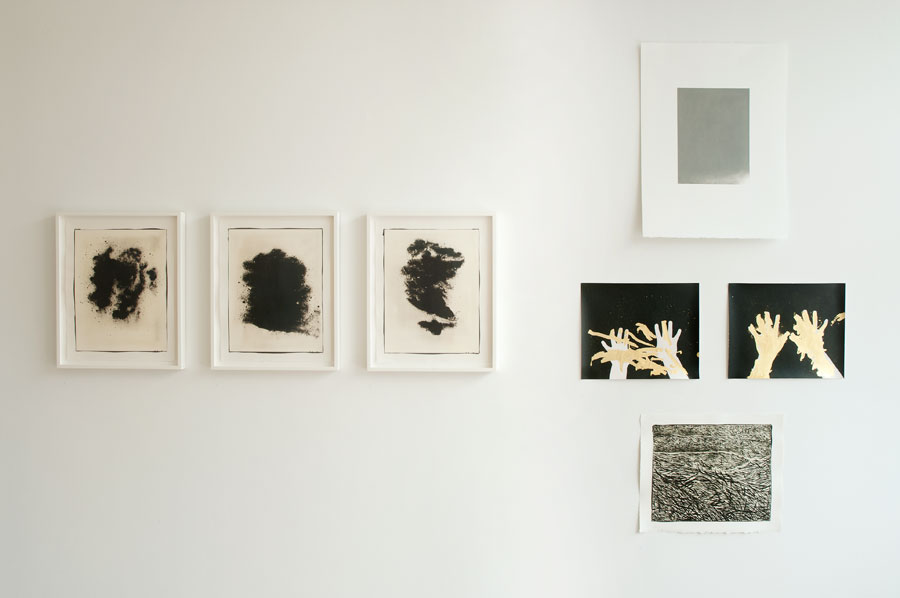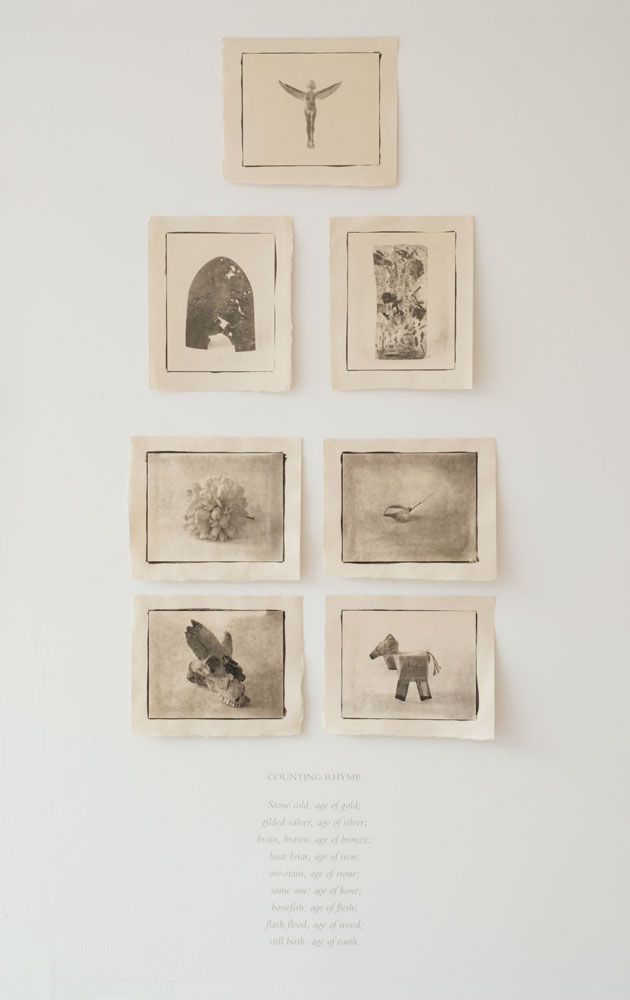The Angel of History, 2018
The Angel of History is the exhibition title of a disparate group of related works I installed at Assembly Gallery in Hamilton, Ontario, in May 2018.
In 1940, German theorist Walter Benjamin used the elegant analogy of an angel to symbolize humankind’s movement through history. The angel is blown backwards (blindly) into the future, by wave upon wave of catastrophes it beholds before it; these catastrophes constitute the past. We go forward blindly, knowing only what has happened before. Following on the heels of Benjamin, I mined similar sentiments and analogies by T.S. Eliot, and the tableau of Alex Colville’s iconic painting Horse and Train to trace a vein of Modernist anxiety about speed, “progress”, history, and folly. Over top of all of this, I made work that told fragmented stories about five generations of males in my family, from my great grandfather, through me, to my two young sons, meditating on the notion of what one takes from previous generations, and what one chooses to pass on to successive generations, for better or for worse. Finally, and related to this idea of inheritance, the exhibition was an exploration of implication. Much of the work in the show was made with precious, semi-precious, and common metals (platinum, palladium, silver, gold, iron, nickel), extracted from the earth at great social and environmental cost. My great-grandfather and grandfather were both mining engineers who worked for the International Nickel Company (INCO), overseeing millions of tons of ore dug from the earth and smelted. Another work, Reckoning uses as its substrate the hood of a truck (my beloved “Big Red”) that my father gave me when I was 18. Driving this truck into the ground, I calculated that as just one person, I burned over 38,000 litres of gas with it, which when considered, seemed like an unimaginable volume of fossil fuel. The show continues on this trajectory, using paper ashes, human ashes, human hands, and ecological anxiety among other things, as devices for image-making, foregrounding materiality and process.
The exhibition was complemented by a handmade chapbook entitled Legend, which parsed-out the processes and narratives behind the works in the show. It was printed and bound in an edition of 25.
This exhibition was realized with the help of an Ontario Arts Council Exhibition Assistance Grant.



